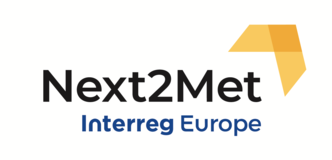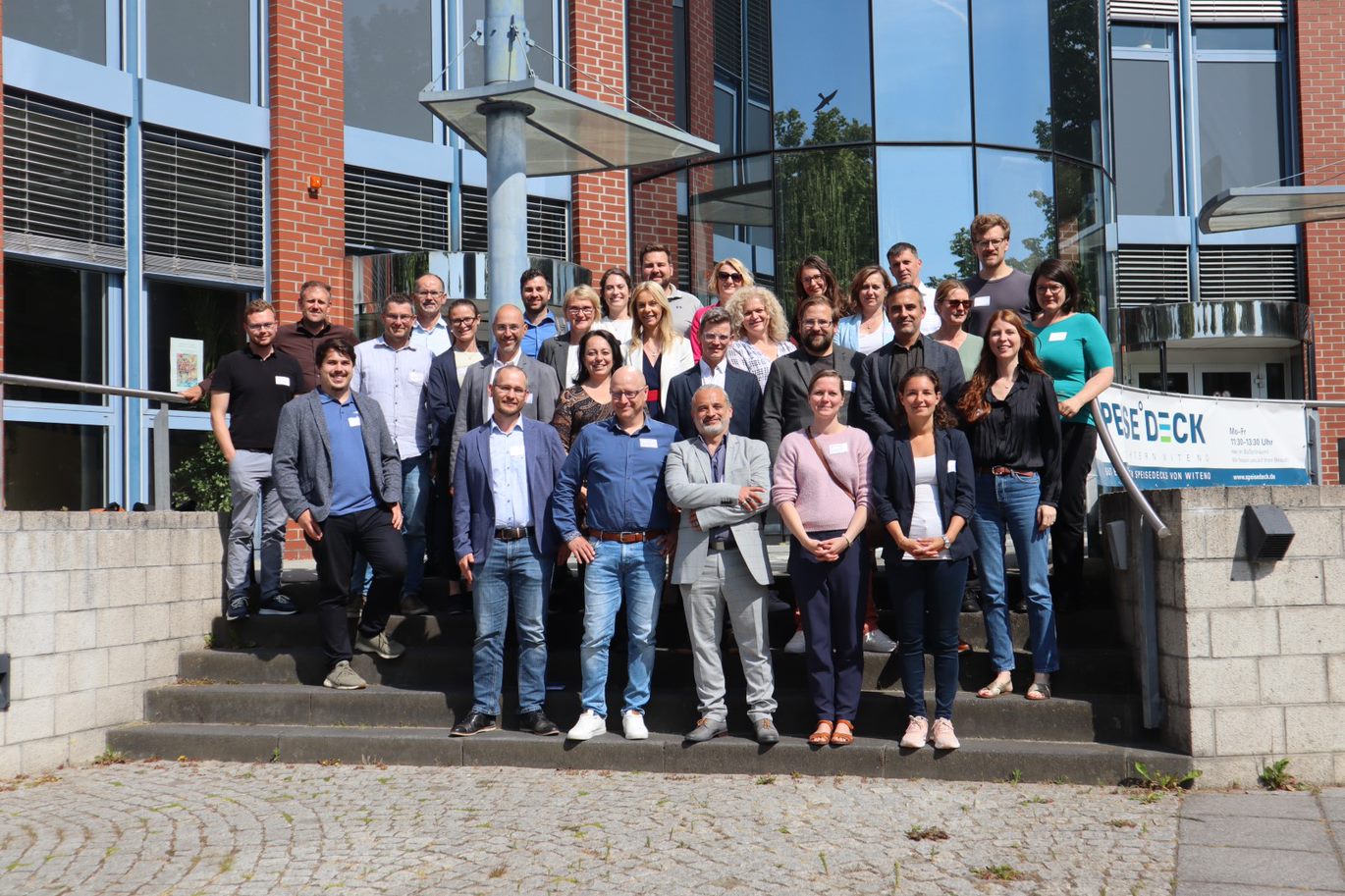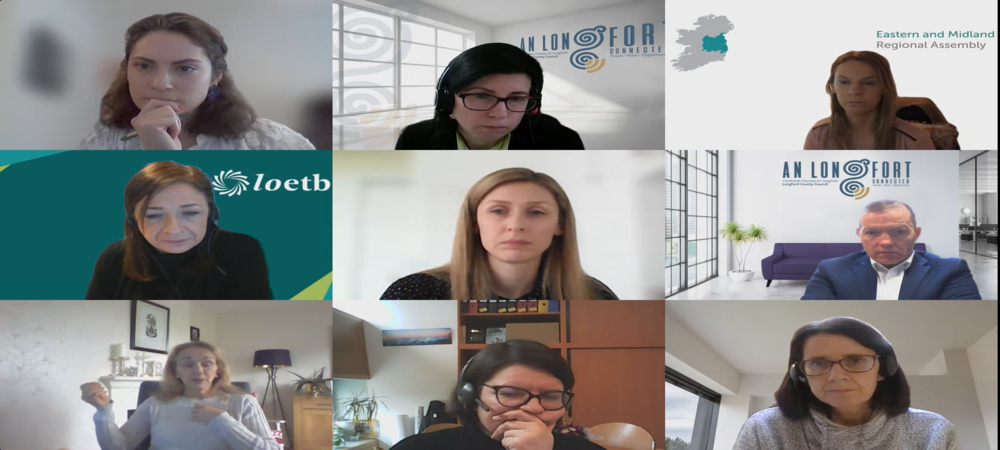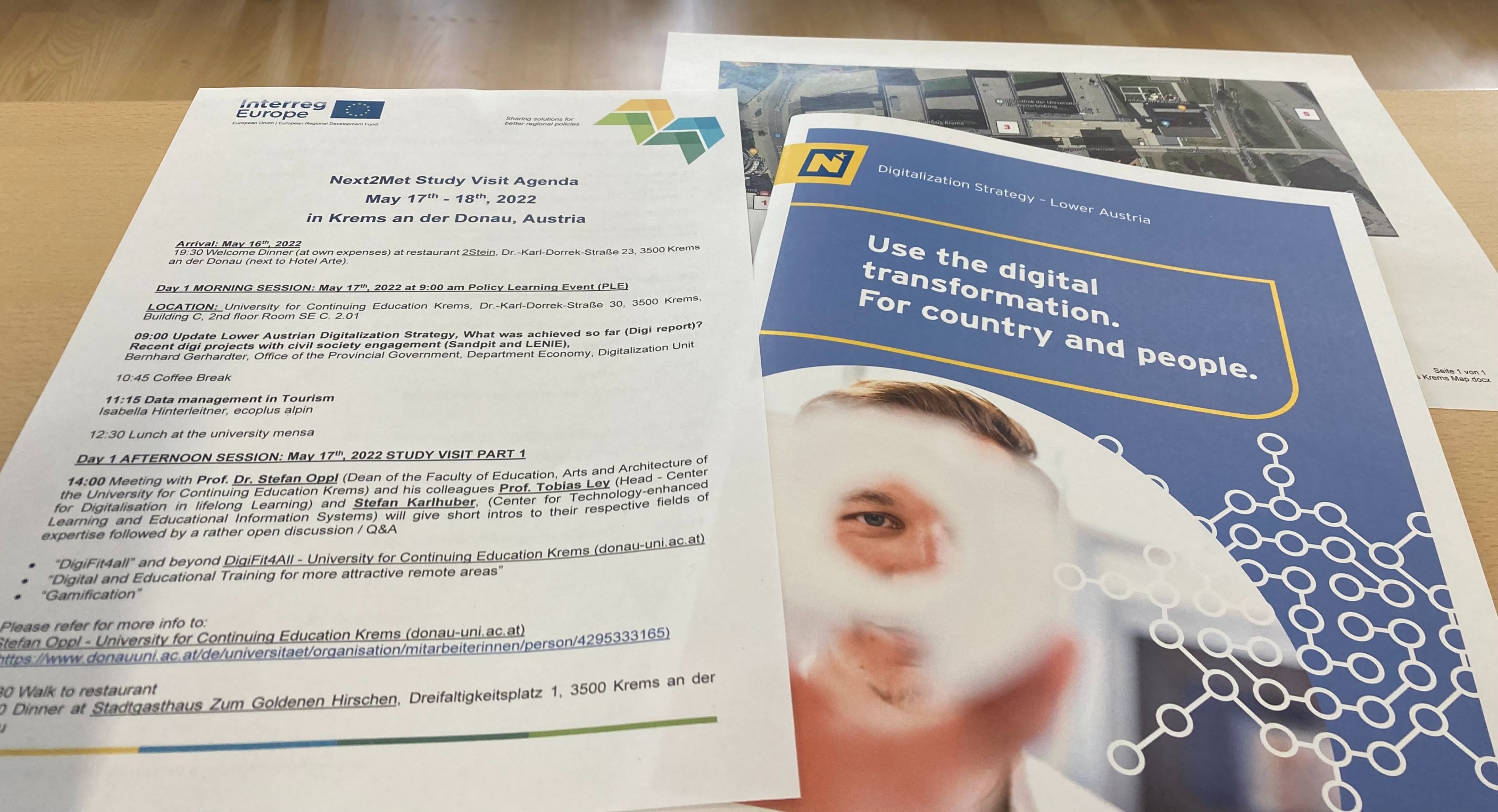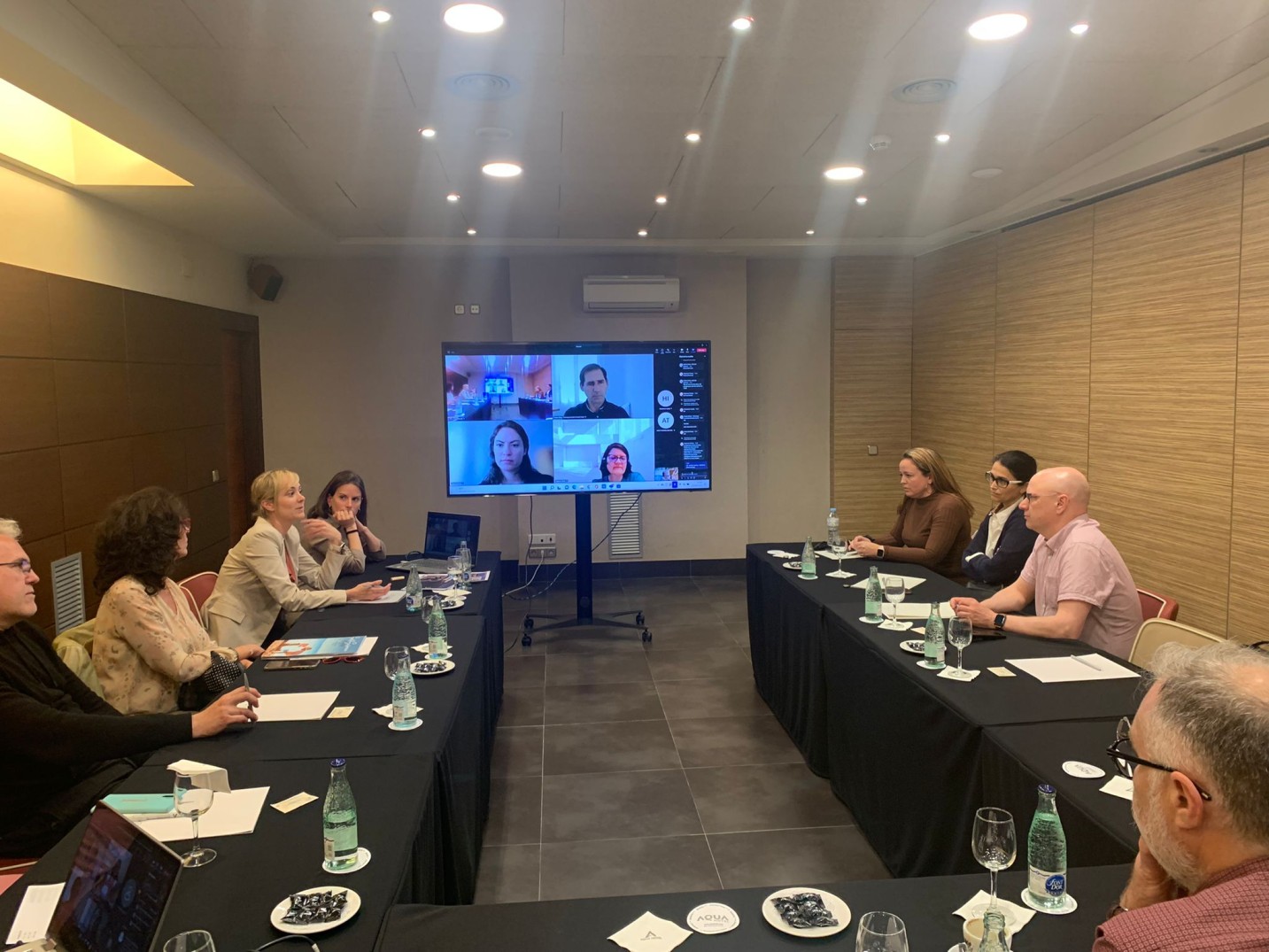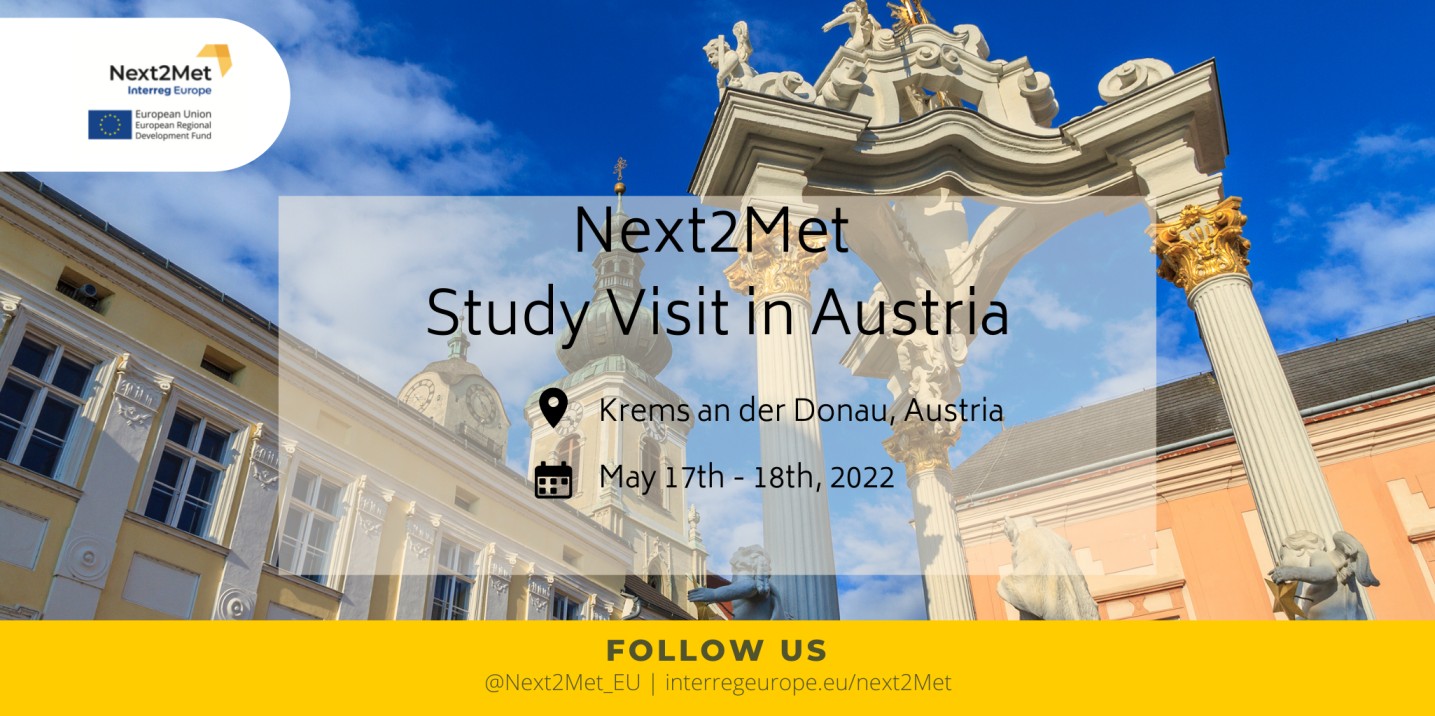Study visit to Midlands – Ireland’s gateway to digital innovation and regional attraction
On 5th and 6th April, Next2Met partners travelled to Ireland to observe and learn about local experiences and examples of digital solutions that are being implemented in the Midlands. Key stakeholders, the broadband officers from the Midland counties, also joined the study visit.
The first stop was to Irish Manufacturing Research (IMR) in Mullingar to talk about creating a lighthouse of industry in the region. Barry Kennedy, CEO of IMR, gave a tour of IMR’s facilities including their work in 3D printing, robotics, advanced manufacturing, 5G, co-working spaces and other areas of innovation. He explained how IMR is working to “demystify, derisk and deliver” the digital transition and emerging technologies in the region. Catriona Mordan then talked about how the Advanced Technologies in Manufacturing (ATIM) cluster brings the needs of SMEs together to foster increased productivity, drive competitiveness, and support internationalization.
The next stop on the tour of the Midlands was to Co:Worx in Edgeworthstown, County Longford. At this rural co-working hub which had just launched the week prior, participants learned from Lorraine O’Connor of Longford County Council and Clare McEnroe, Director and co-founder of Co:Worx, how the community had come together to set up this facility in a former bank building and about the rural working hub strategy. We got insights from Michael Newham of the Midland Network of Co-working Facilities into means and importance of connecting co-working spaces across the region. Grow Remote’s co-founder Tracy Keogh enlightened all on the organisation’s work in supporting remote employment opportunities locally, building sustainable communities, and advocating for the companies to be informed and involved to create a pipeline of jobs that allow for remote working. Participants also spoke to Dr. Matt Saunders from Trinity College Dublin who described how the Internet of Things (IoT) and data is being used in the Midlands for peatbog management, restoration and in climate action through projects such as SmartBog. The last visit of the day was to the Kilbeggan Distillery to learn about tourism as a driver of regional attraction with specificity to the history and environment of the region.
On Wednesday the remaining participants had the opportunity to visit to the CONNECT Centre based in Dublin to see various 5G-related equipment and installations, getting an understanding of how sensors and digital solutions are being tested with the aim of making cities and towns more attractive places to live and work. They observed these solutions in person on a tour of the Smart Docklands and also learned about the Centre’s projects OpenIreland and the Academy of the Near Future and how these ideas can be translated into other regions across Europe.
Throughout the visit there were clear areas of potential collaboration between participants as well as continued learning between the visitor and host regions. It is thanks to the opportunities provided by the Next2Met project that these exchanges could take place between the rural partner areas who share the characteristic of lying in the shadows of big urban centers.
